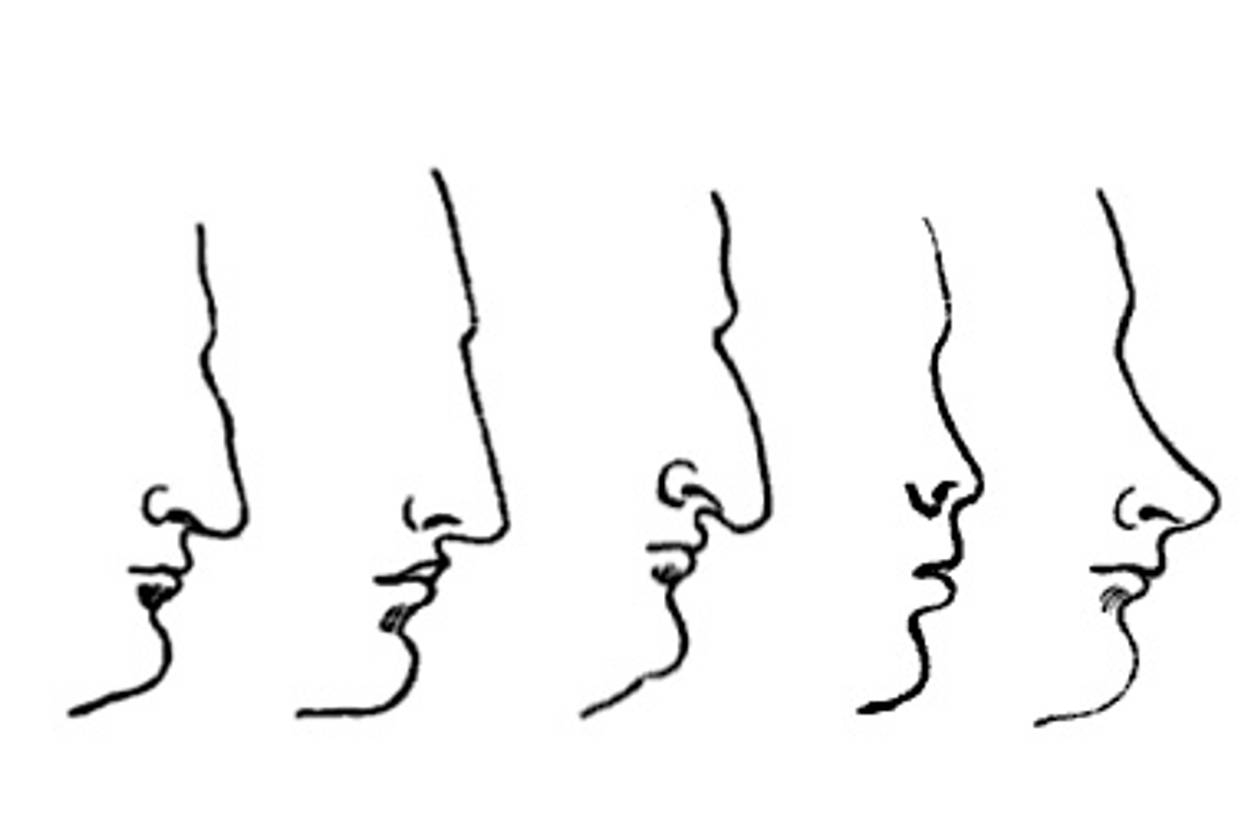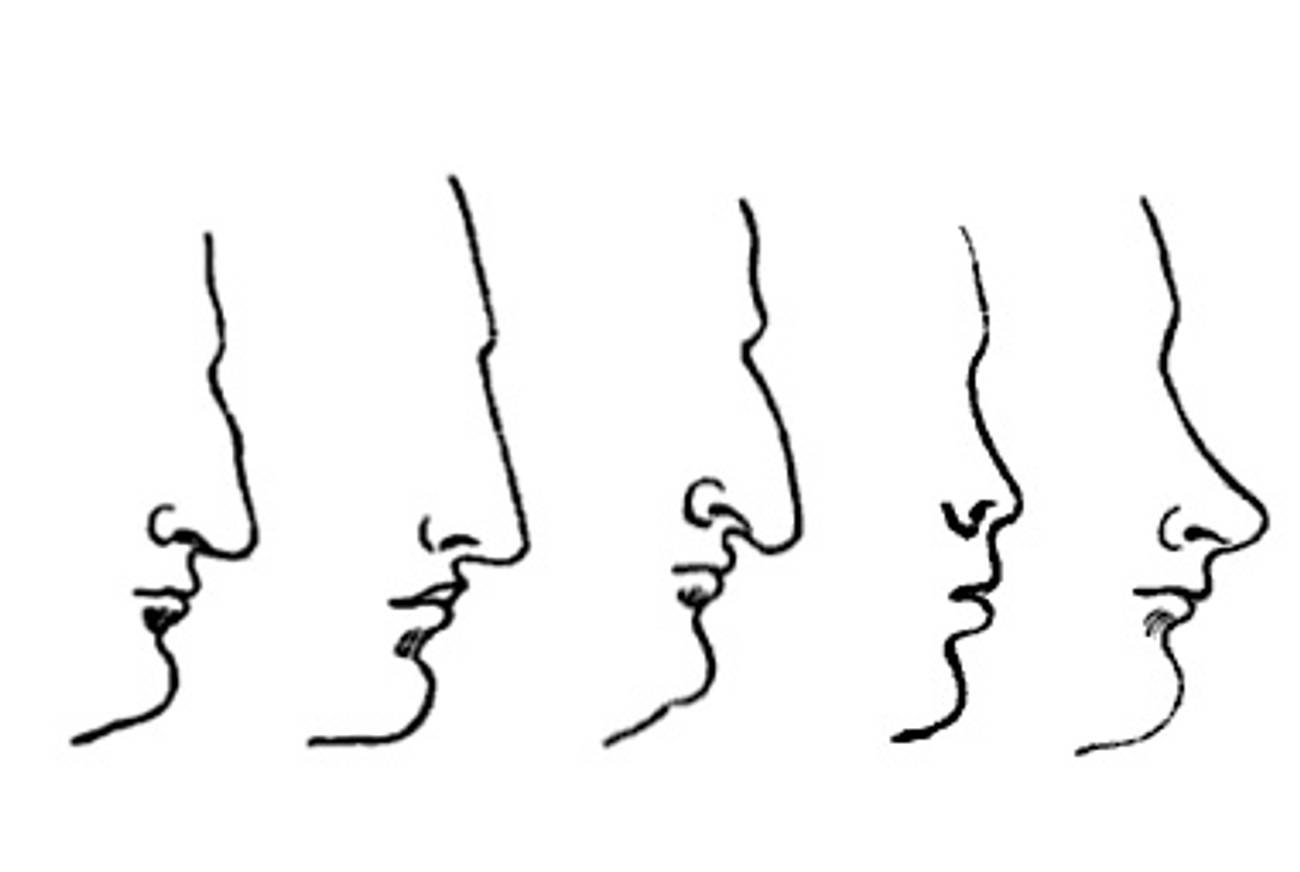Nosing Around
A look at a pseudoscience that hinged on the shnozz




Among the pseudo-sciences that emerged over the centuries, phrenology was one of the most successful, with supporters including Charlotte and Anne Brontë, Walt Whitman, and Edgar Allen Poe. Developed in 1796 by a German physician named Franz Joseph Gall, phrenology maintained that there are 27 sections of the cranium whose shapes align with different personality traits. By running their fingertips over the bumps on a patient’s head, phrenologists could determine whether a person would be prideful, vain, poetic, wise, or comical, among other attributes.
In 1848, a new science emerged that challenged phrenology. It was nasology, set forth in a text of the same name by Eden Warwick, which held that the nose was the seat of an individual’s essence and that his or her character could be determined by the size and shape of their nose, not by the bumps on their skull.
Eddy Portnoy, a contributing editor for Tablet Magazine, is the Academic Advisor and Exhibitions Curator at the YIVO Institute for Jewish Research. He is also the author of Bad Rabbi and Other Strange but True Stories from the Yiddish Press.
Eddy Portnoy is academic adviser and director of exhibitions at the YIVO Institute for Jewish Research, as well as the author of Bad Rabbi and Other Strange but True Stories from the Yiddish Press (Stanford University Press 2017).